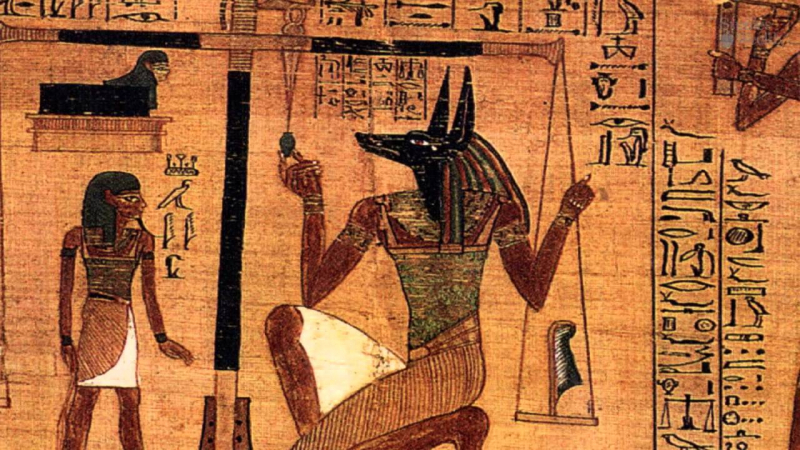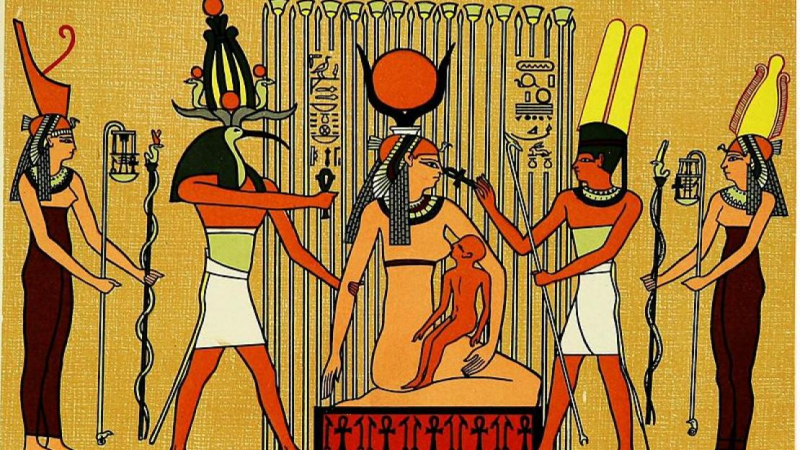Funerary Paintings
Funerary paintings show that the ancient Egyptians were obsessed with the idea of an afterlife, which is why this painting is on the list of most famous ancient Egyptian paintings. The ancient Egyptian's concept of the journey was of primary importance. It was believed that the gods would come to the funeral and decide whether the dead would be resurrected in their afterlife. A person is said to go to his afterlife if he has a heart free of sins in his past life. The painting depicts how the funeral process took place and how the ancient Egyptians used to bury the dead.
At a time when the concept of the afterlife was extremely important in Egyptian religion and ritual, the practice of funerals had a high place in Egyptian society. When a person dies, it is at the burial place where the gods will decide whether the dead person has a chance to be resurrected in the afterlife. Getting to one's afterlife is a difficult task, requiring a sinless heart and the ability to recite mantras and passwords from the Book of the Dead. As clearly depicted in the Funerary paintings, the deceased's heart will be weighed down with the Thuc feather of truth and justice, taken from the hat of the goddess Ma'at. If the heart is lighter than the feather, it can pass, but if it is heavier, it will be devoured by the demon Ammut.











